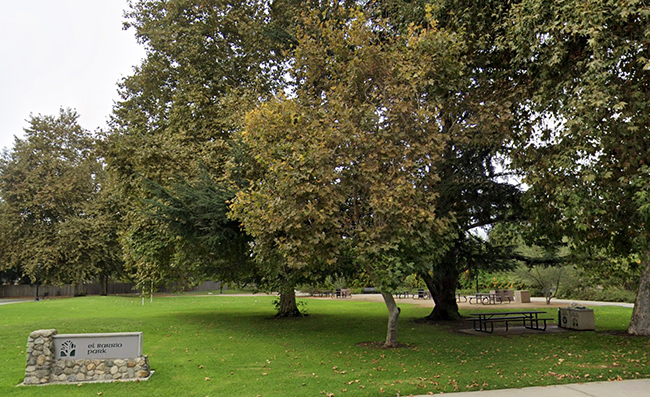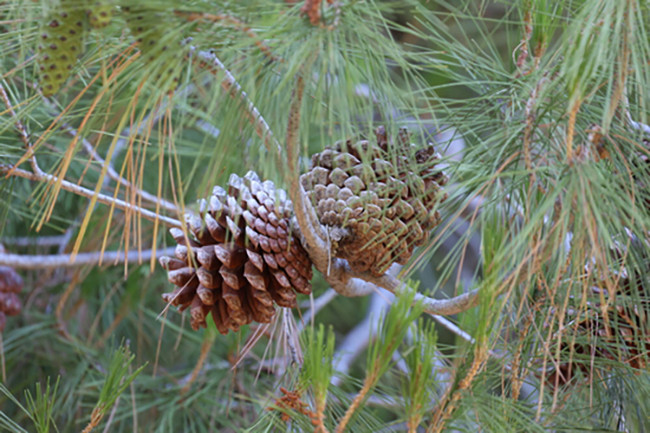Readers comments 5-5-17
Dear Editor:
I just attended the first public meeting where the newly-formed Canadian investment group presented its development proposal for Clara Oaks—a housing project for 47 homes located on a 103-acre parcel above Webb Schools.
Of major concern to the public are the negative environmental impacts of the project—loss of viewshed as well as plants and animals, impacts on water, air and traffic, etc.—as well as the costs to taxpayers for protecting these new properties against fire and flood.
When we talk about developing on our high-risk, fire-prone hillsides, it would appear that our states, regions and cities have not kept up with the hazards accentuated by climate change and drought.
Although we have the technology to build in these areas, we have not sufficiently developed the metrics to calculate the risks, and we need to factor in the social responsibility that the public assumes for such projects.
It may be within a person’s right as a land purchaser to build, but what is the public’s responsibility to these landowners? Up to now, the burden of bailing out the elite few who have chosen to develop on the edges of public lands has been borne by the taxpayer. It is the general public which lives in areas of considerably less risk that subsidizes the privilege of the few who have chosen to build on our natural, undeveloped, open spaces.
Here in Claremont, we have faced, in recent history, the Williams Fire and the monster of all fires—the Old Fire that combined with the Grand Prix and the Padua fires. It is not a matter of whether we will face another round, but when. Expert consensus is that these kinds of fires are only likely to increase in scope and frequency.
Anthony LeRoy Westerling, associate professor of environmental engineering at UC Merced, states that “wildfires in the West have gotten bigger, more frequent and longer since the 1980s.”
Ray Rasker, executive director of Headwaters Economics, a nonprofit research group, notes, “In just the last decade, as drought and climate change have increased fire risks, the acres burned per wildfire has doubled, fires burn on average twice as long, and the wildfire season has extended by two months, with a year-round fire season in some parts of the West.”
“Over the same period,” according to Mr. Rasker, “the cost to federal agencies to fight fires has tripled to more than $3 billion per year; it now consumes more than half of the Forest Service’s budget. That agency estimates that 50 to 95 percent of this cost goes toward defending homes. In the last 10 years, 60 percent of new homes in the US have been built on lands adjacent to fire-prone public lands and, predictably, the number of homes scorched by wildfire has more than tripled. Since 2006, insured losses doubled, to more than $1.4 billion in 2015. And firefighter deaths continue to rise year after year.”
The question is—can we continue to afford development on our hillsides under the climatic conditions we now face?
Pamela Casey Nagler
Claremont








0 Comments